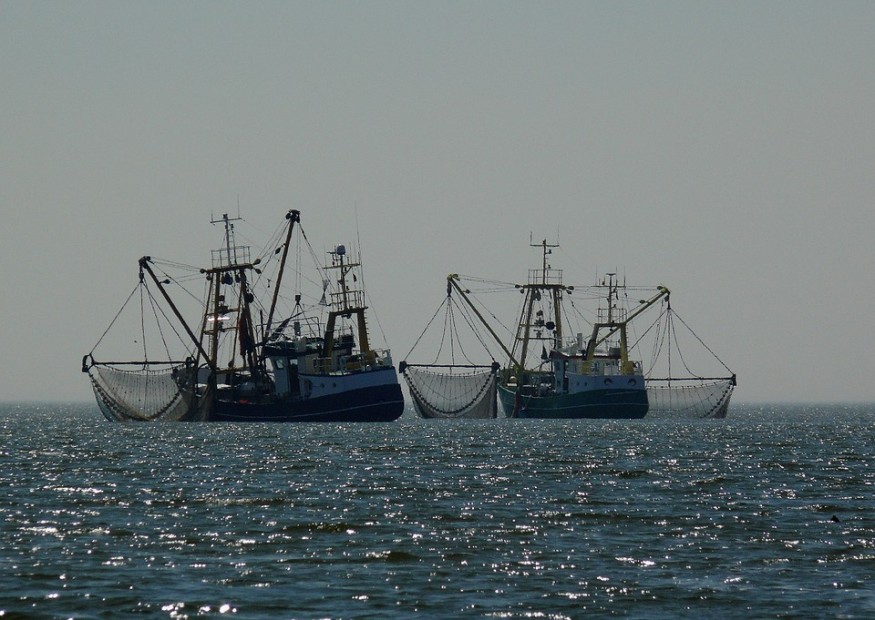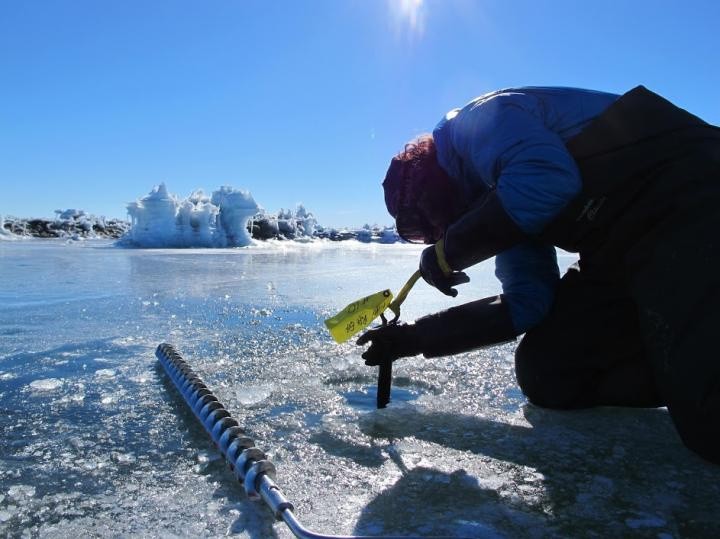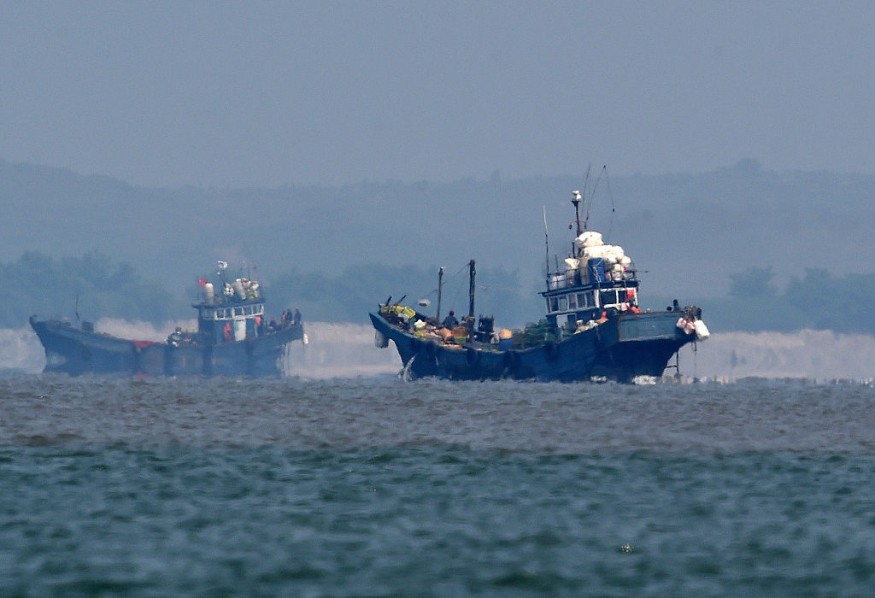A new $50 million (£35 million) hybrid vessel left Mauritius recently and set sail towards the Southern Ocean, where the crew would spend three months longlining for Patagonian toothfish.
As a result, consumers will know where and when that precise fish was caught, which boat landed it, who processed it, and which certifications were reached by the time the fish were brought back, processed, and given to customers. Blockchain is the technology that makes this possible.

Blockchain

"Blockchain offers toothfish traceability right from the start, from the day it's landed to when it's on someone's plate," explains Steve Paku, skipper of the Cape Arkona. "All they have to do is scan the barcode, and the entire tale will be in front of them."
Blockchain is only one approach that fisheries are attempting to improve traceability from hook to plate, but it attracts a lot of attention.
The data on the Blockchain cannot be tampered with, and everybody along the supply chain, from certification schemes to the ultimate customer, may access it. A blockchain tag includes essential information that a physical label could never convey since it is digital, decentralized, and updated in real-time.
In combination with DNA testing to establish the unique species of fish, Blockchain might help the seafood business reduce fraud.
Conservation
This is also important from a conservation standpoint. According to the UN's Food and Agriculture Organization (FAO), more than a third of fish stocks are overfished. Keeping track of where and how a fish was captured might assist verify that the catch was made in an area where fish populations are healthy. It can also aid in the reduction of bycatch.
Bycatch is harmful to biodiversity and places an unneeded burden on marine creatures when it degrades marine ecosystems. For example, young fish can become entangled in nets with too thin a mesh, turtles and dolphins can become entangled in gillnets, and seabirds, particularly rare albatross, can be harmed by hooks if deterrents are not installed.
Fisheries

Paku has been fishing off the New Zealand coast for 35 years, first for crayfish and then for toothfish since 1997, sometimes in 15-meter surf and 50-knot winds (90km/h).
Austral Fisheries, the firm where he works, adopted blockchain technology two years ago, and Paku believes it has just become a part of the process.
"When we capture the fish, we remove the head, tail, and fins, then put a digital tag to the fish's trunk before freezing it onboard. Blockchain strengthens the traceability of the fish, and I believe it will become the standard in the future."
Rising Concerns
Concerns over whether seafood can ever be certified as truly sustainable have grown since the Netflix documentary Seaspiracy. However, blockchain proponents believe that it has already been used to identify suspicious activity in select high-value seafood supply chains.
For example, provenance, a UK-based traceability company, tested Blockchain in yellowfin and skipjack tuna supply chains in 2016, tracing items down to individual Indonesian fishermen.
In 2018, WWF-New Zealand employed Blockchain in a tuna longline fishery in Fiji. In addition, the Sustainable Shrimp Partnership in Ecuador connects data from farmed shrimp to an IBM Food Trust blockchain platform.
For the most recent updates from the animal kingdom, don't forget to follow Nature World News!
© 2025 NatureWorldNews.com All rights reserved. Do not reproduce without permission.





